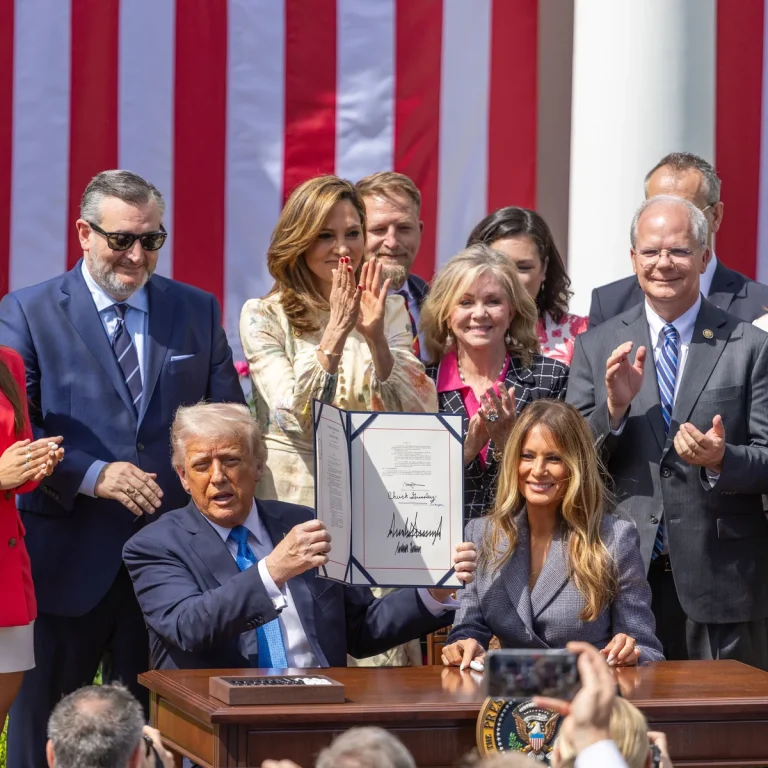Trump Signs Take It Down Act to Combat Nonconsensual Image Sharing, But Concerns Remain
On May 19, President Donald Trump and First Lady Melania Trump proudly signed the Take It Down Act, a bipartisan bill aimed at curbing the nonconsensual distribution of intimate images (NDII)—a long-standing issue in the digital age.
Hailed by some as a long-overdue move, the law establishes a federal takedown system requiring online platforms to remove reported NDII content within 48 hours. Supporters, like Cliff Steinhauer of the National Cybersecurity Alliance, view the bill as a wake-up call for tech companies: “This starts the process of building real systems to respond to this kind of harm.”
However, digital rights groups argue that the law’s promise may be more symbolic than practical. The Cyber Civil Rights Initiative (CCRI), which helped draft the bill’s early framework, warns that vague definitions, lack of vetting mechanisms, and unchecked FTC enforcement powers may lead to false takedown claims and unrealistic expectations for victims. “This is no guarantee of justice,” they said in a statement.
Free speech advocates are also uneasy. Critics worry the law may pressure platforms to over-censor, potentially affecting legal and consensual content, including LGBTQ+ media. The law’s resemblance to the DMCA-style notice-and-takedown model amplifies fears about sweeping enforcement and blurred lines between regulation and censorship.
Groups like the Center for Democracy & Technology (CDT) argue that the law’s AI-specific provisions are too narrow, allowing abusers to sidestep liability by using synthetic images that don’t resemble reality. Additionally, the FTC’s reach excludes certain publishers, such as sites hosting their own curated content, which could limit effective enforcement.
Enforcement logistics are another issue. Many platforms have scaled back moderation teams, raising doubts about whether they can verify takedown requests within the mandated 48-hour window. Steinhauer notes, “Without better infrastructure, compliance will be a challenge.”
While the Take It Down Act marks progress, experts agree that implementation, and not only intention, will define its real impact.

